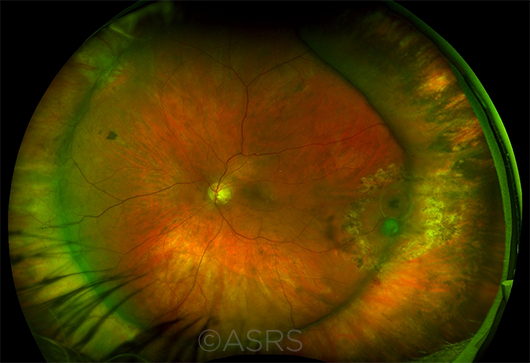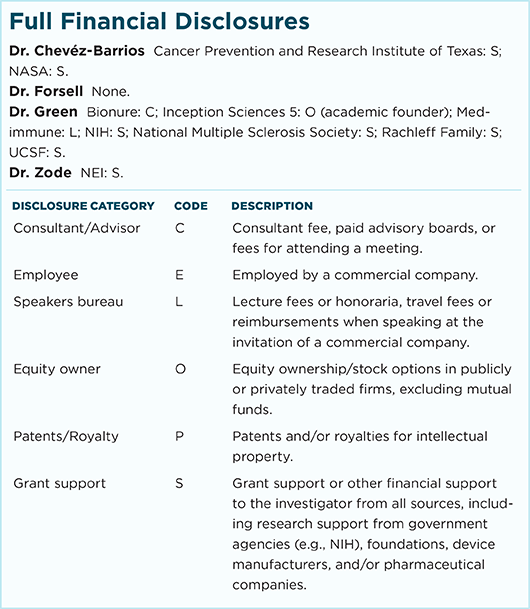Download PDF
In patients who have had scleral buckling surgery to repair a retinal detachment (RD), the risk of a redetachment remains low for up to 10 years after cataract surgery, a population-based Swedish study has found.
“One could easily think that these patients would have a significant increased risk of redetachment, especially considering that they have had 1 RD already. This study found, in contrast to that, a low risk of redetachment, 2.1%,” said Sara Forsell, MD, coauthor of the study.1
Study details. The researchers studied records on all patients who underwent surgery for primary repair of an RD at Norrlands University Hospital in Umeå, Sweden, during a 10-year period (N = 537).
The records showed that 145 of these patients subsequently had phacoemulsification surgery. Up to 10 years after the primary scleral buckling surgery, the cumulative rate of redetachment was 1%. The cumulative rate rose to 5% in the 10 years after cataract surgery, the researchers said. (In eyes with no prior detachment, the incidence of RD after cataract surgery is estimated to range between 0.6% and 1.7% in the first postoperative year, the researchers noted.)
Three redetachments (2.1%) occurred in the study cohort, taking place 2.4 years, 3.9 years, and 6.9 years after the cataract surgery. In all 3 cases, the retinas were successfully reattached with vitrectomy, and the final best-corrected visual acuity was 20/70, 20/25, and 20/30, the researchers reported.
 |
REASSURANCE. A previous history of retinal detachment and scleral buckling surgery should not necessarily serve as a contraindication for cataract surgery, the study results indicate. This image was originally published in the ASRS Retina Image Bank. Carolyn Daley. UWF Image of Retinal Detachment Corrected With Scleral Buckle. Retina Image Bank. 2017; Image Number 27339. © The American Society of Retina Specialists.
|
Reassuring cataract surgeons. The study’s results should reassure cataract surgeons who are considering surgery in patients with a history of RD and scleral buckling, Dr. Forsell said.
“Now that we know that the risk of redetachment is low, I have changed my view when counseling these patients [and am] more prone to do the cataract surgery earlier,” she said. “It is also of value to know that there is no need for extended postoperative care and that the risk of redetachment is not related to the [length of] time after cataract surgery.”
Instead, pseudophakic patients who had a previous RD that was repaired with a scleral buckle should be advised to seek prompt medical attention if they experience symptoms of a redetachment, even if several years have passed since the cataract procedure, Dr. Forsell said.
—Linda Roach
___________________________
1 Forsell S, Mönestam E. Ophthalmol Retina. 2018;2(1):5-10.
___________________________
Relevant financial disclosures—Dr. Forsell: None.
For full disclosures and disclosure key, see below.

More from this month’s News in Review